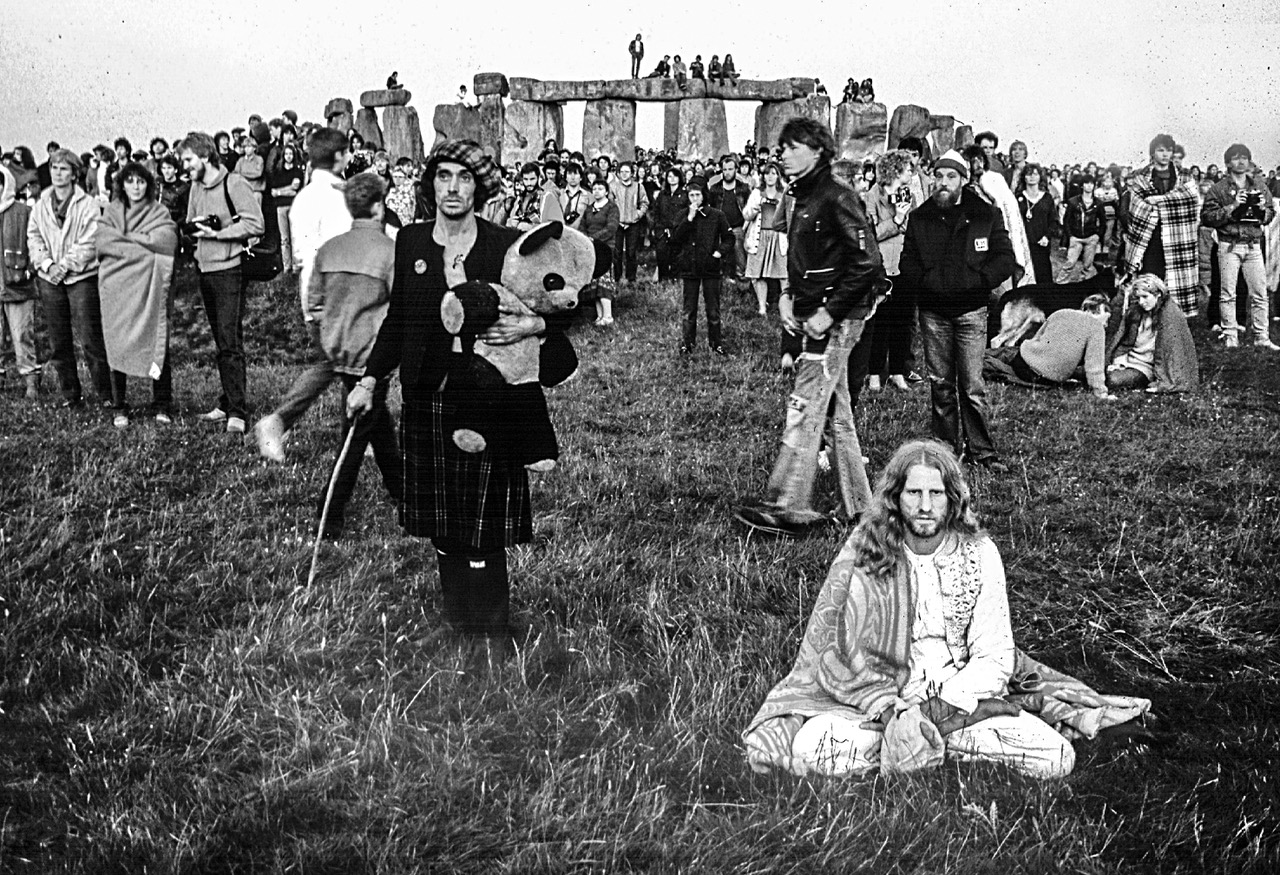
3 minute read
CONCLUSION
In Hobsbawm and Ranger’s The Invention of Tradition (1983), they write that for innovators tradition becomes an obstacle, as people tend to reject cultural change. Therefore, often they’ll give the impression that something new is actually traditional, making it seem acceptable and safe.161 This theory runs deep among those who have theorised about Stonehenge; Jones tried to tie it to the greatest empire in history, Stukeley attempted to embellish a tentative heritage and more recent efforts have linked it with the oldest science, Astronomy. Much like the ‘reinvention’ of the British Monarchy over the last 200 years, Stonehenge has ostensibly been used as a blank megalithic canvas, exhibiting each century’s version of British cultural memory. A key part of this seemed to be a confirmation of British genius; This can be seen most notably in the inherent belief through most theories that it’s builders must have known the principles of classical architecture and geometry, even though all that’s observed is in an incredibly impressive, but imprecise arrangement of ‘rough-hewn stones.’162
In some cases the stones themselves and their arrangement influenced architects and artists, however more often it was the meanings prescribed to them; Palladianism, a new Druidic British style, and Brutalism to varying degree. In the case of the 19th century it seemed most weren’t interested after Romanticism had fizzled out and been replaced with the growing anti-pagan sentiment. This was perhaps due to a belief that the monument was rooted in the mystical past and since the time was of great industrial progression, most had no desire to engage with it. This argument can only get you so far as it doesn’t explain how suddenly the AOD had enough momentum to stage the first Stonehenge ceremonies at the turn of the next century and the co-concurrent rise of the Arts and Crafts and other spiritual movements though; Perhaps these had in fact only taken a short back seat.
Advertisement
I believe the influence Stonehenge has had requires looking at within a much wider view of each century’s landscape. Although most times it has been used as a unique and arcane vehicle for operative criticism; Thanks to the scant evidence left by whoever built it, the reason is not because it’s some architectural marvel. Yes it’s the most architecturally sophisticated prehistoric stone circle in the world, but still a stone circle nevertheless. Compared to the Great Pyramids of Egypt or Peru and Ancient cities like Troy which were built at the same time, it’s marvel admittedly falls short. I think to properly understand Stonehenge you have to understand the country of Great Britian, a country which during the 17th to the 20th century began finally to find itself in a incredibly prosperous and unique position. I believe it’s people started to see that and then look to the past to find an inhate reason as to why they were there. With further exploration I would love to explore this idea, tying in the works of Mike Pitts in Stonehenge and the British Empire: an overlooked debt and compare it different megalithic sites around the world, looking at how (if any) Stonehenge has influenced 21st century architecture too.
161 Hobsbawm, E. J., and T. O. (eds.). 1984. Past and Present Publications: The Invention of Tradition (Cambridge, England: Cambridge University Press)
162 Jones




